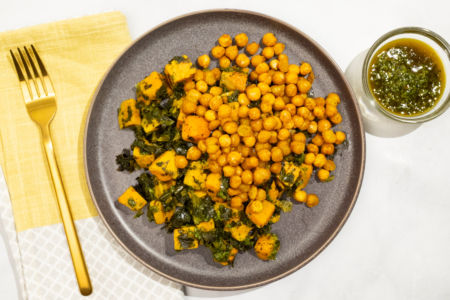Lamb meat is one of the royal meals in South Asian cuisine and has been an important part of carnivals. Read on to learn more about lamb meat and how it’s used in the kitchen.
What Is Lamb Meat?
Lamb refers to the domesticated sheep in its first year, scientifically known as Ovis aries. It’s meat is well known for a pungent, rich, and fatty character that’s unlike most meat types, and considered as an acquired taste. The truth is, not everyone is a fan of lamb!
Just like beef, we get to choose from different lamb cuts including neck, shank, ribs, leg, breast, tenderloin, and many more! Shank, however, is an inexpensive cut loaded with meat, tendons, and connective tissues, and is often leveraged into soupy, and luxuriously nutritious dishes.

Health Benefits of Lamb Meat
Lamb meat is replete with protein, omega 3 fatty acids, vitamins like B12, minerals including Iron, magnesium, selenium, and niacin which help reduce the risk of heart diseases. It’s also rich in creatine and taurine that are beneficial for muscle strength.
Risks of Lamb Meat
The fat content of lamb is a matter of concern for some people, as almost half of the calories in most lamb cuts come from fat. If you’re not overeating lamb, however, the risk of high cholesterol levels can be minimized. Besides, selecting lean meat cut with very little fat like that of a shank or loin, and manually removing any visible fat layer before cooking, are other great ways to eliminate the excessive grease.

What Does Lamb Taste Like?
Lamb meat has a strong grassy flavor that’s often considered gamey. The rich flavor in meat comes from the lamb’s fat that contains branched-chain fatty acids, unlike beef. Lamb is softer and more tender than nearly any kind of meat, and tastes very much like beef.
Another peculiar quality in lamb’s meat lies in its smell-very pungent and gamey smell – often attributed to the grass the lamb is fed on. Since the chlorophyll in grass produces the typical grassy flavor and is also experienced by people consuming the lamb’s meat. While some individuals are die-hard fans of the strong lamb aroma, many are sensitive towards it.
How To Use It Like a MasterChef?
There are a thousand ways to cook lamb including roasting, baking, grilling, stewing, barbecuing, and whatnot! However, we find the sous vide method of cooking followed by a gentle sear simply the perfect application for lamb chops. Check out our many sous vide lamb chops recipes: Lamb Chops, New Potatoes, Asparagus, and Mint Gremolata, Lamb with Asparagus and Salsa Verde, Rosemary Lamb Chops.

For lamb shanks we recommend slow cooking them in stew-style until super soft, tender, and rich as in our recipes for Lamb Stew, Braised Lamb Shanks, and Lamb Curry. Lamb meat is much enjoyed in the Middle Eastern and the Mediterranean world, as well as some Asian countries like China, Pakistan, Turkmenistan, and Afghanistan.

Greece, in particular, cherishes lamb meat as an important ingredient in meals, as well as religious events, notably Easter. Moreover, Lamb Gyros, Lamb Souvlaki, and Moussaka are some of the popular Greek street food items that are worth a try.

Storage of Lamb Meat
Raw lamb meat can be refrigerated for around 2 to 3 days, while frozen meat can stay fresh for up to 6 months. Moreover, lamb meat should be cooked fully to eradicate all bacteria. If you feel the meat is getting smelly, and slimy at the same time, it’s an indication of spoiled meat that must not be consumed.
Feature Image: Shutterbug75 from Pixabay



